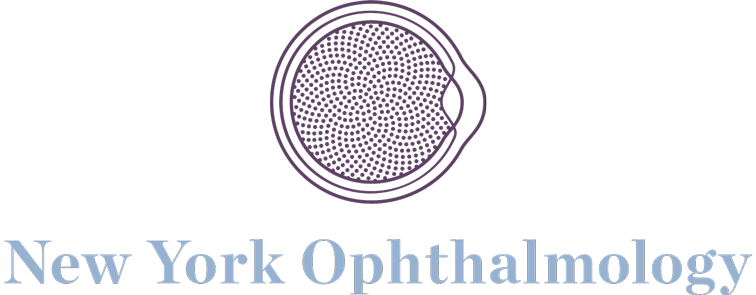Glaucoma is a common eye condition where a person experiences progressive damage to their optic nerve. The optic nerve relays visual information to the brain, and its damage may range from visual loss to blindness. At New York Ophthalmology, Dr. Nathan Radcliffe is a glaucoma specialist who can assess your eyes for early signs of glaucoma and provide preventative care. With 5 locations throughout NYC, we serve people in the Bronx, Queens, Manhattan, Brooklyn, and throughout New York City.
It can occur at any age and remains a lifelong condition thereafter. As you get older its chances increase, in fact, it is one of the leading causes of blindness in adults over the age of 40. Ophthalmologists may prescribe medications, laser treatments, and microsurgery to treat glaucoma, but vision loss and blindness resulting from it are not reversible.
It is considered best practice to get routine eye examinations done by an ophthalmologist. If you are over 40 and have known risk factors for glaucoma, you require frequent checkups. Our blog mentions how often you need to get a screening done.
Although few, your ophthalmologist may help determine a few early signs.
Peripheral Vision
Most of what our eyes capture lies outside of our focus and is called peripheral vision. It is therefore difficult to judge gradual losses in peripheral vision. Only until a large chunk of our visual field has vanished, and a person experiences tunnel vision, do they go to an ophthalmologist or optometrist. Eye checkups, at least once a year, may help prevent this. An ophthalmologist can use a visual field test to determine the extent of loss in peripheral vision and begin treatment as soon as possible.
Pressure Increase
Chronic
The most common type of glaucoma is chronic open-angle glaucoma, where, an increase in the pressure of fluid inside the eye damages the optic nerve. It may develop due to a partial blockage in the fluid drainage system. In this case, pressure builds up over time, and the condition remains painless until vision loss starts to occur in patches in the peripheral or focal region.
The best way patients can catch open-angle glaucoma early on is to book regular checkups with their ophthalmologist or optometrist. They will measure the fluid pressure inside the eye (intraocular pressure) to ensure its level remains progressively normal and constant. If not, the doctor will assess whether a patient has glaucoma or not by conducting further tests like imaging. The goal is to diagnose it before vision loss occurs.
Acute
Sometimes an increase in pressure may happen suddenly due to a blockage or narrowing in the drainage passages, preventing the fluid in your eye from escaping. Such is a case of acute angle-closure glaucoma. Its symptoms include severe pain and headaches, redness in the eye, nausea, and vomiting, and sudden vision loss. In this case, emergency eye care is required to prevent vision loss.
Other risk factors also contribute to damage to the optic nerve such as diabetes, heart disease, family history, cataracts, inheritance, and ethnicity.
Throughout New York, our facilities with licensed ophthalmologists have training and experience to recognize the signs and symptoms associated with glaucoma. If you haven’t booked a screening test in a while, we may help look for any early signs that can hint towards the onset of glaucoma and take measures to stop or slow the disease’s progression and prevent vision loss.
If you would like to learn more about glaucoma prevention from an ophthalmologist in NYC, please request a consultation online or call 866-599-8774.
Leave a Reply
